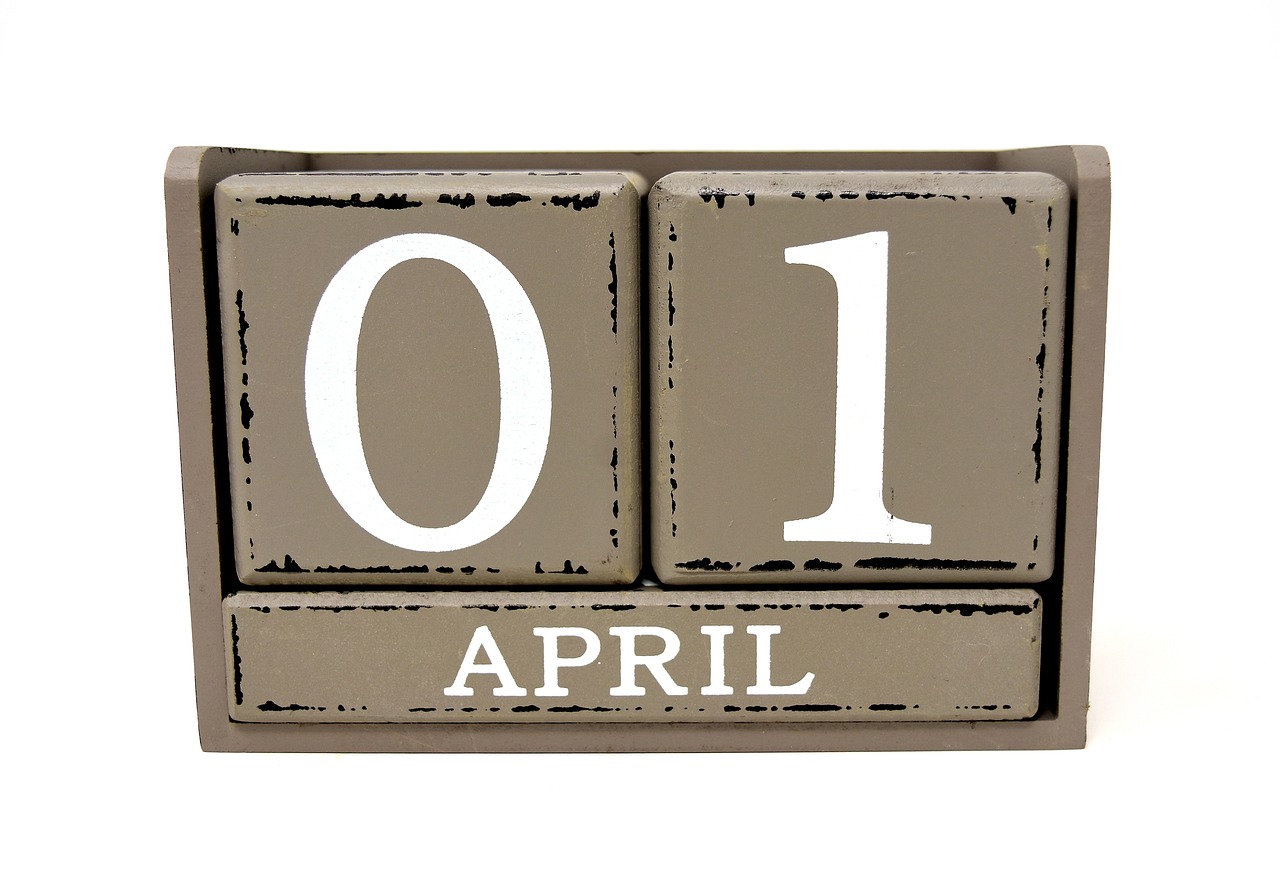 Today the U.S. Department of State’s Bureau of Consular Affairs published the October Visa Bulletin. In this blog post, we breakdown the movement of the employment-based and family-sponsored categories in the coming month.
Today the U.S. Department of State’s Bureau of Consular Affairs published the October Visa Bulletin. In this blog post, we breakdown the movement of the employment-based and family-sponsored categories in the coming month.
USCIS Adjustment of Status
For employment-based preference categories, the U.S. Citizenship and Immigration Services (USCIS) has confirmed it will use the Dates for Filing chart to determine filing eligibility for adjustment of status to permanent residence in the month of October.
For family-sponsored preference categories, USCIS will continue to use the Dates for Filing chart to determine filing eligibility for adjustment of status to permanent residence in the month of October.
Highlights of the October 2024 Visa Bulletin
At a Glance
What can we expect to see in the month of October?
Employment-Based Categories
- The Final Action date for China EB-3 Professionals and Skilled Workers will retrogress by five months, to April 1, 2020. The Date for Filing will retrogress by almost 8 months, to November 15, 2020.
- The Final Action date for EB-3 Professionals and Skilled Workers Worldwide will advance by almost two years, to November 15, 2022. The Date for Filing will advance by one month, to March 1, 2023.
- The Final Action date for China EB-5 Unreserved will advance by seven months, to July 15, 2016. The Date for Filing will retrogress by three months, to October 1, 2016.
- The India EB-5 Unreserved Final Action date will advance by more than one year, to January 1, 2022. The Date for Filing will remain at April 1, 2022.
Family-Sponsored Categories
Final Action
- F1 Mexico will advance by 7.8 months to January 1, 2003
- F2A Mexico will advance by 1.1 months to March 8, 2021
- F2A All other countries will advance by 1 week to November 22, 2021
- F2B Mexico will advance by 6 months to January 15, 2005
- F3 Mexico will advance by 5.7 months to August 22, 2000
- F4 Mexico will advance by 2 weeks to February 22, 2001
- F4 India will advance by 1.2 months to March 1, 2006
Dates for Filing
- F1 Mexico will advance by 6 months to October 1, 2005
- F2B Mexico will advance by 3 months to August 1, 2005
- F3 Philippines will advance by 6 months to May 8, 2004
- F3 All other countries will advance by 5.9 months to July 1, 2011
- F4 Philippines will advance by 4 months to August 1, 2006
Now let’s dive into our analysis of the October 2024 Visa bulletin.
 Visa Lawyer Blog
Visa Lawyer Blog










